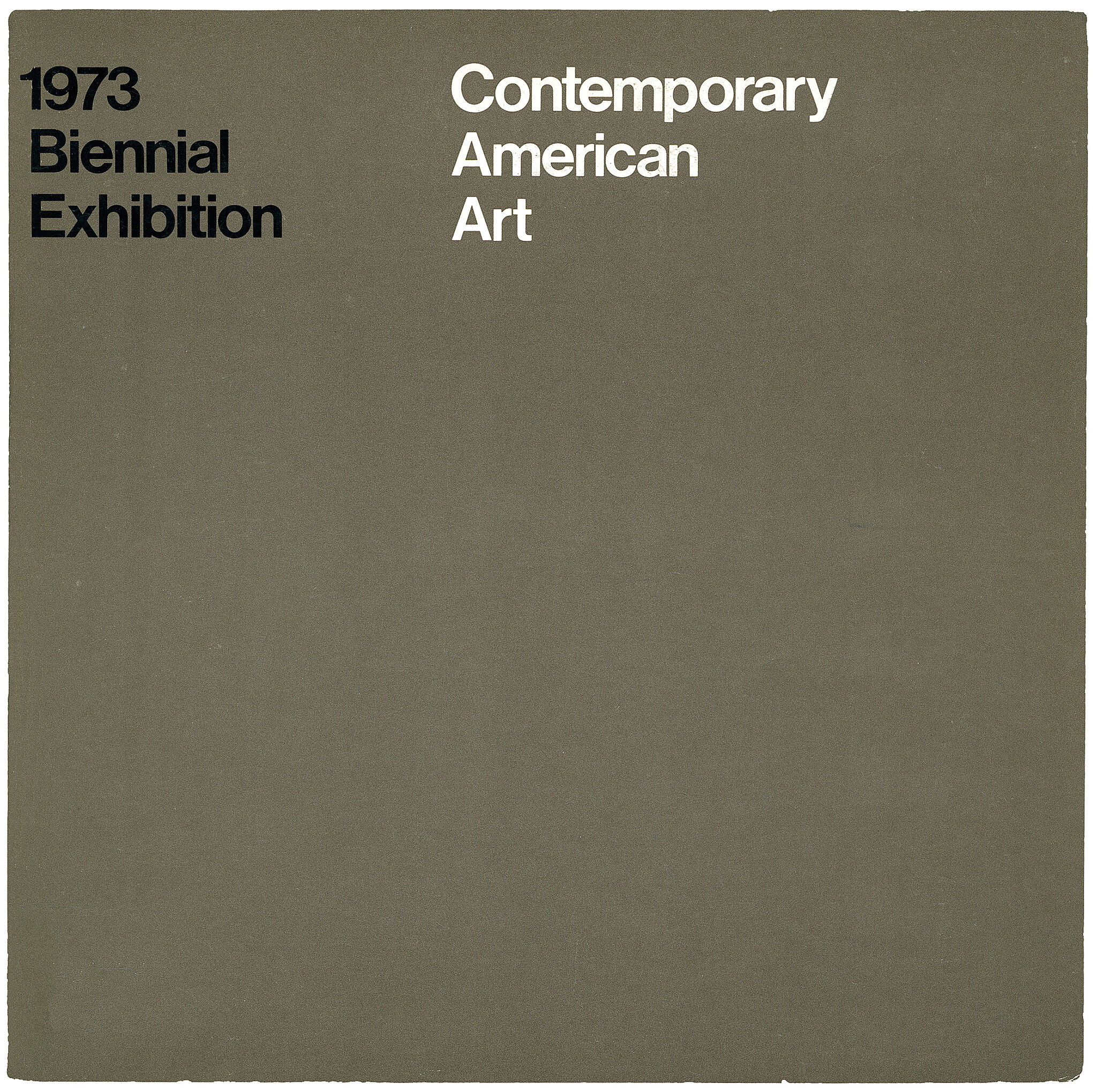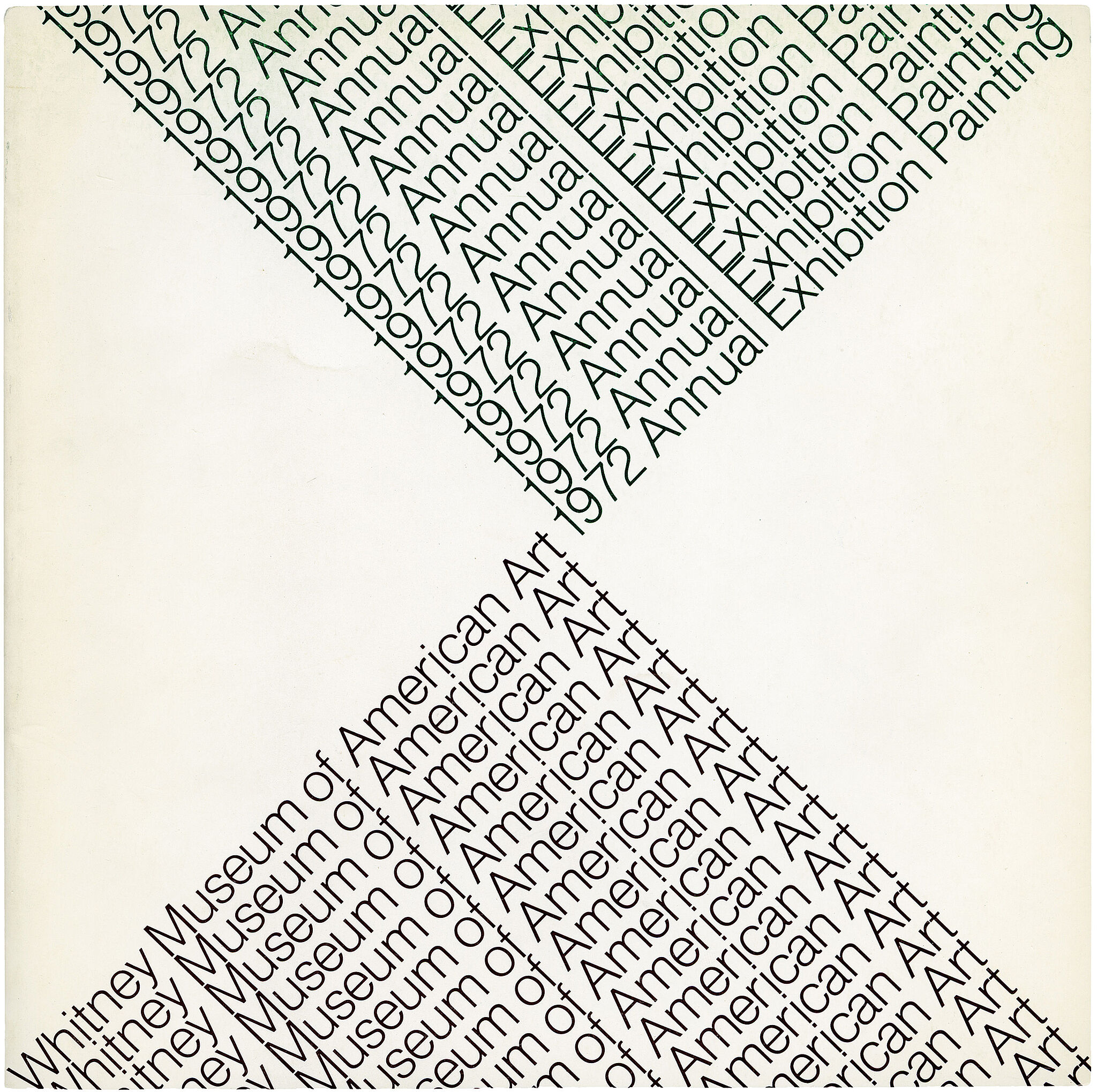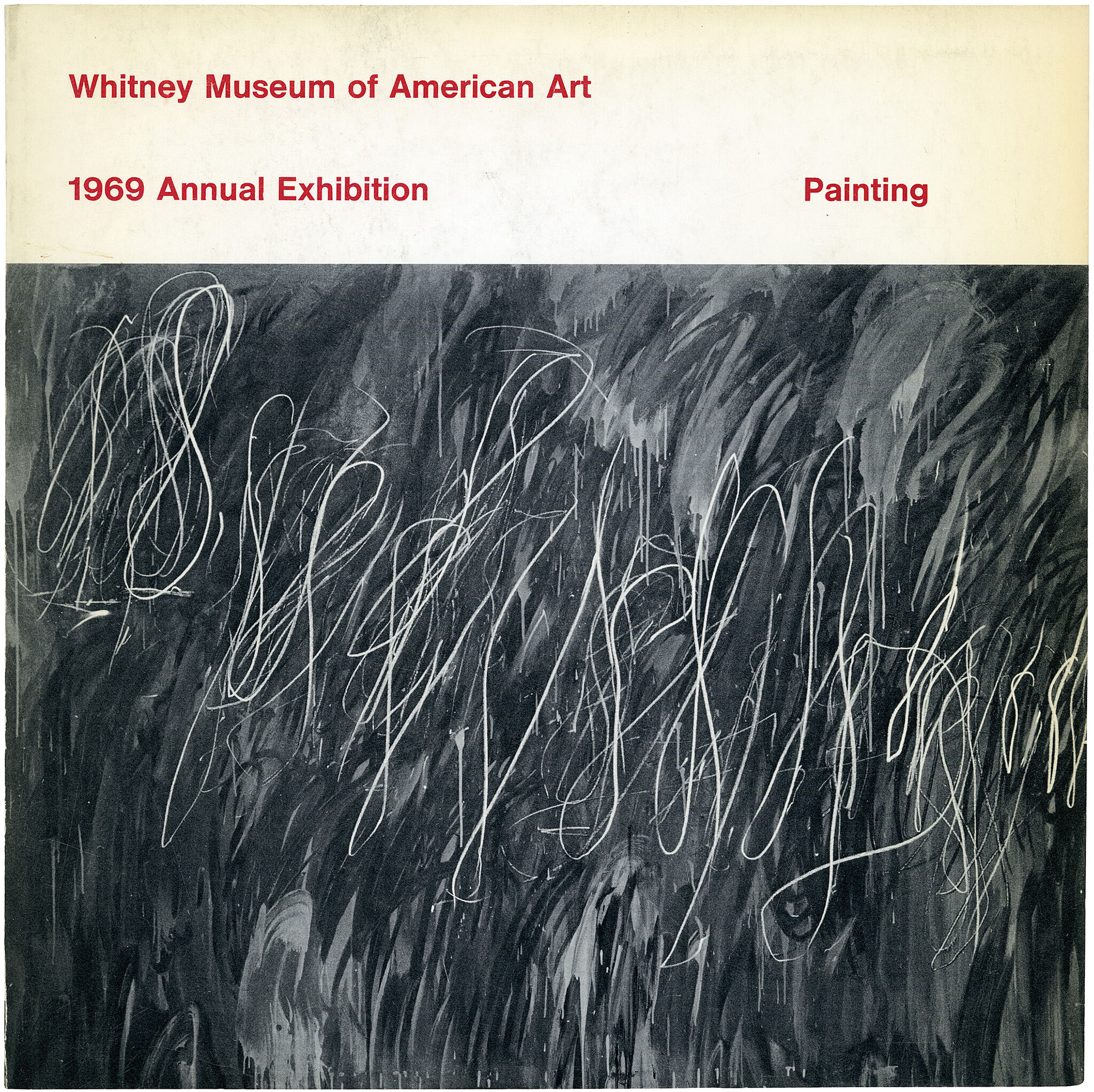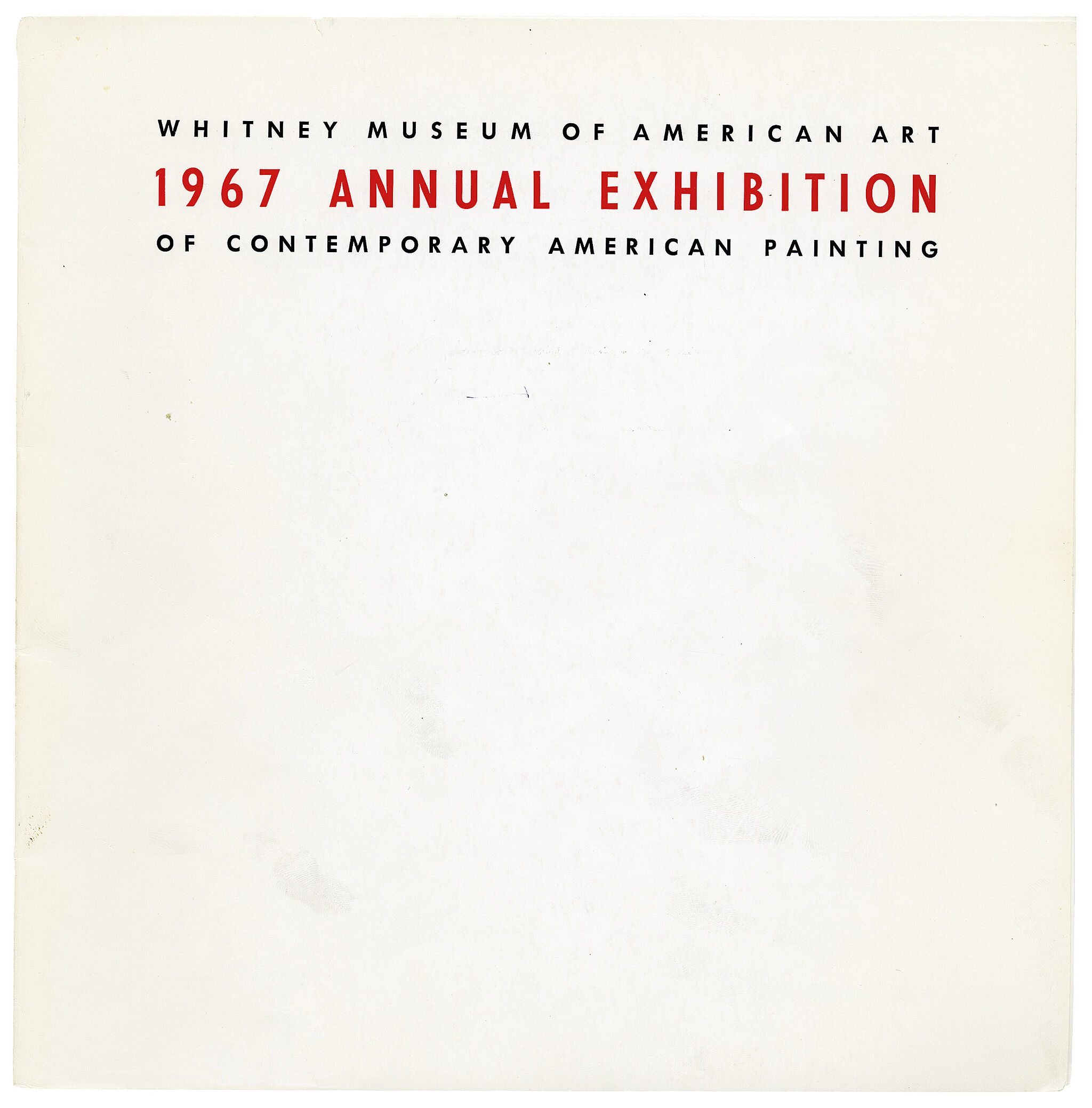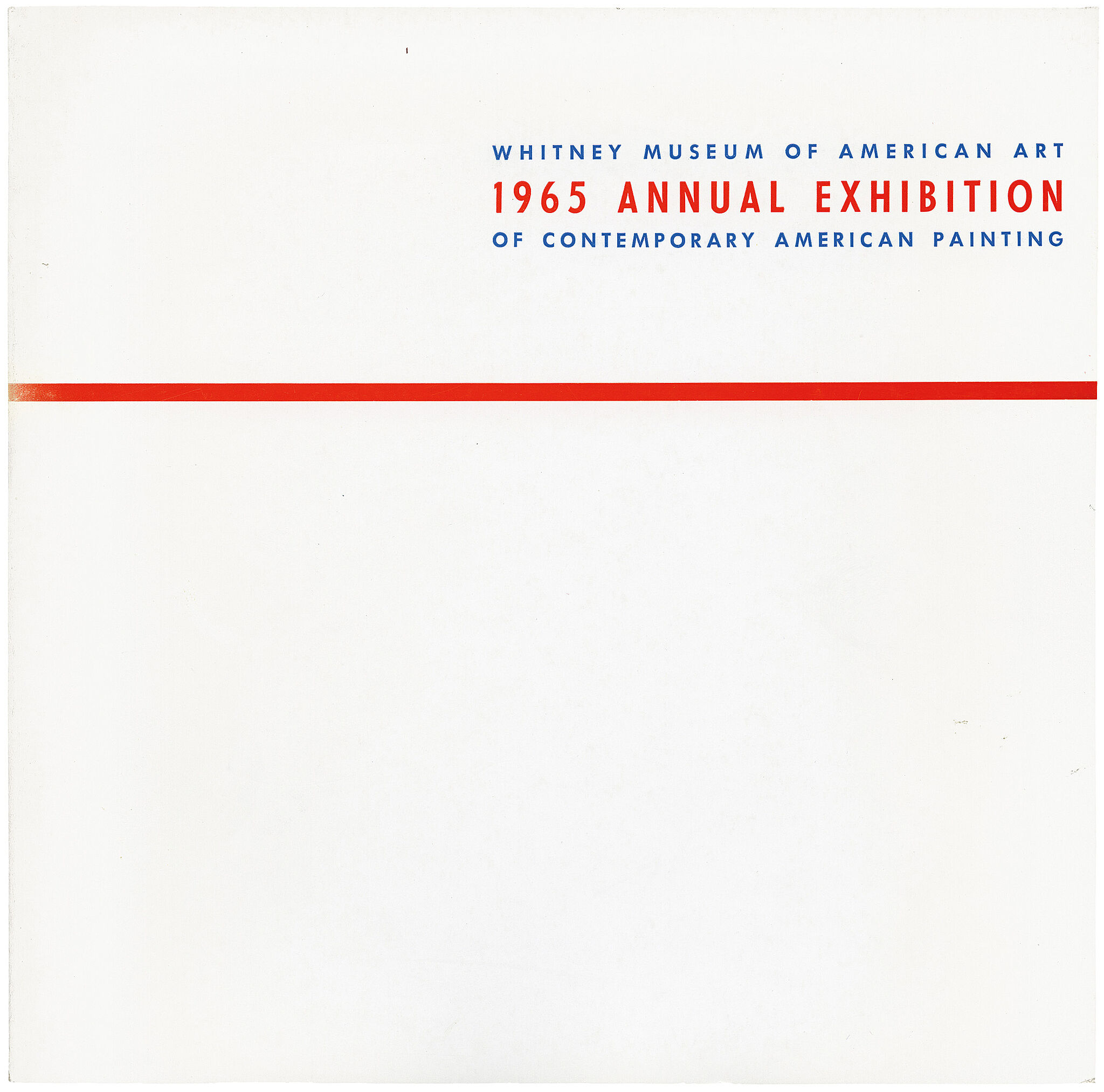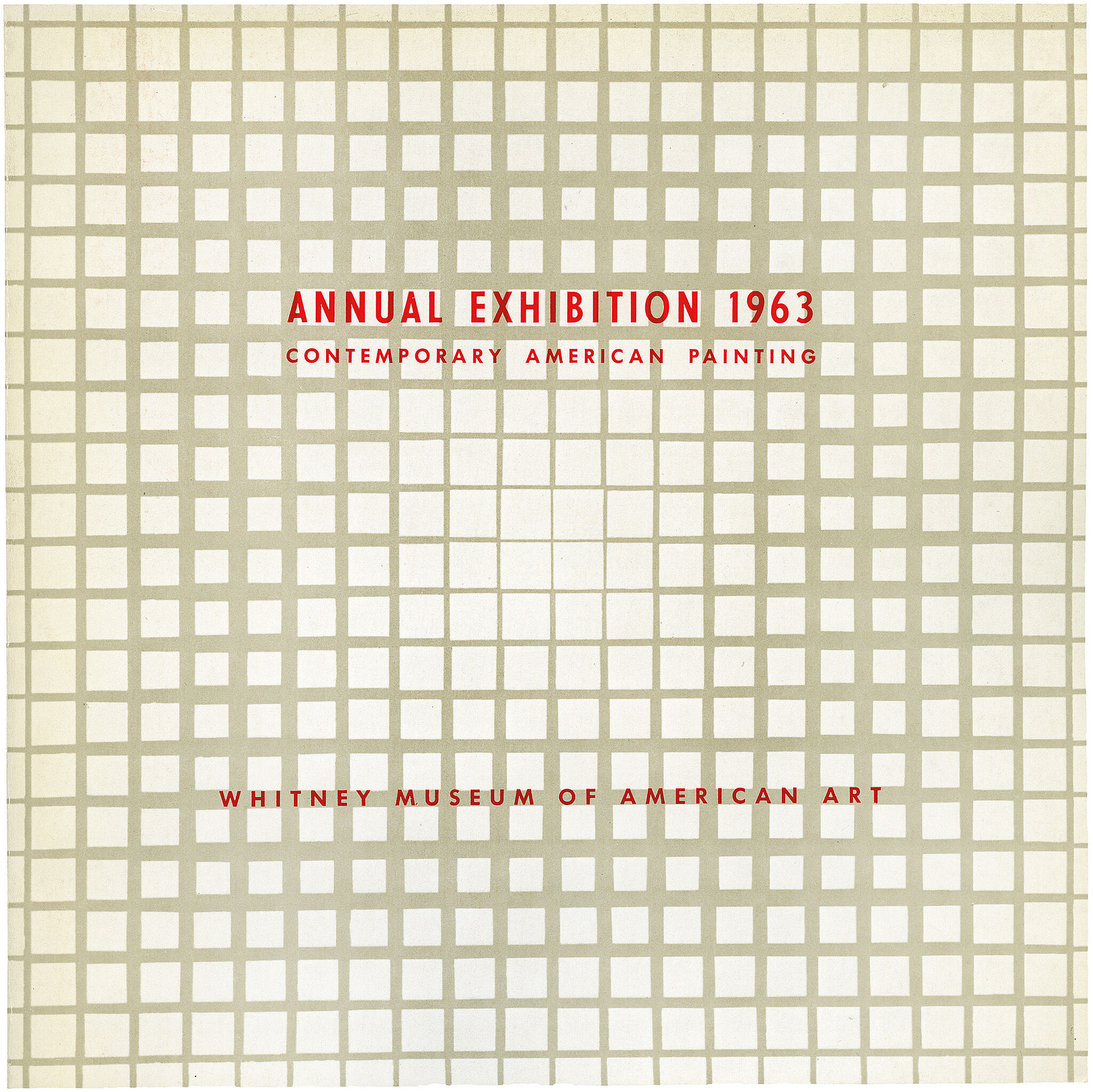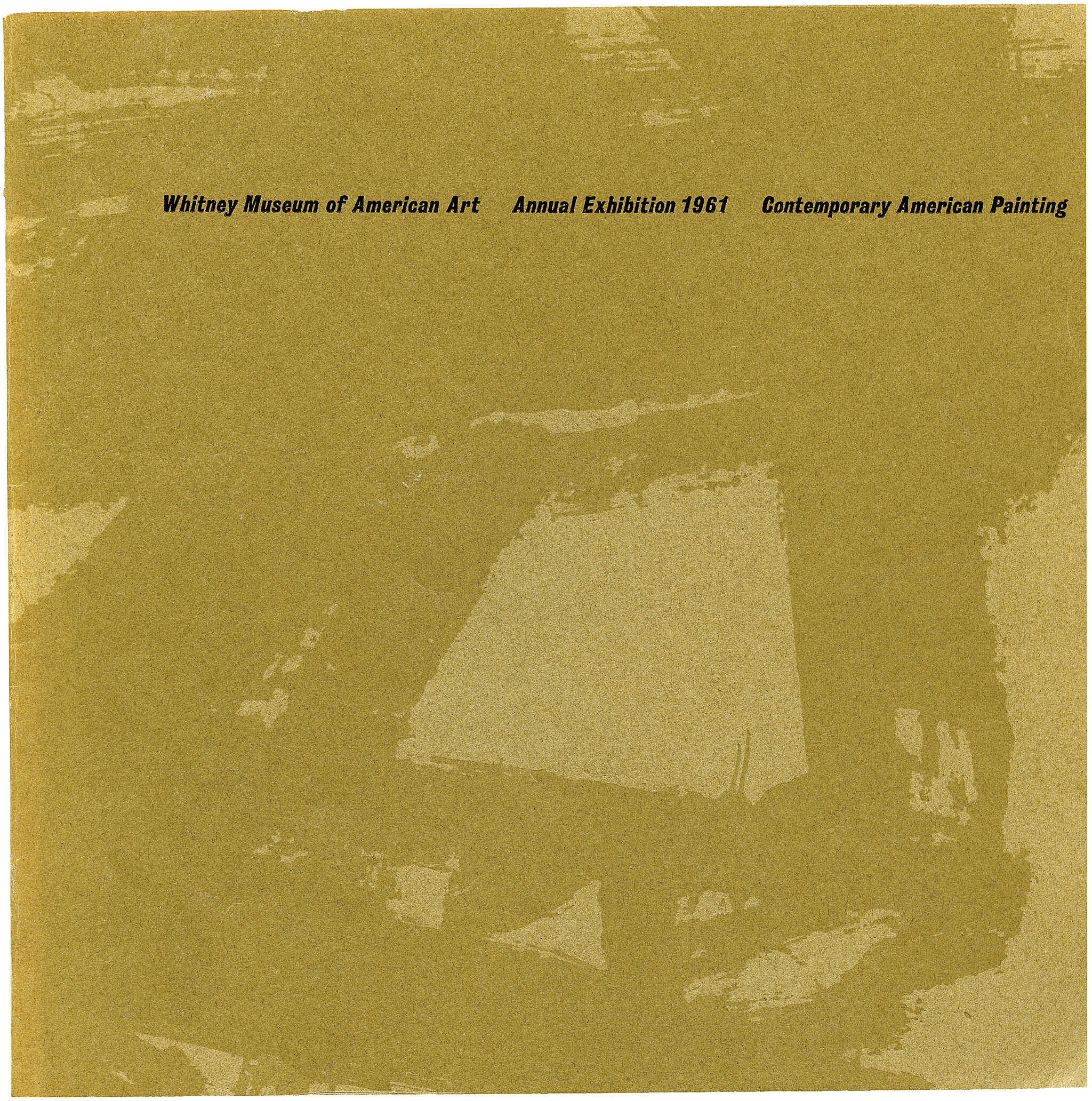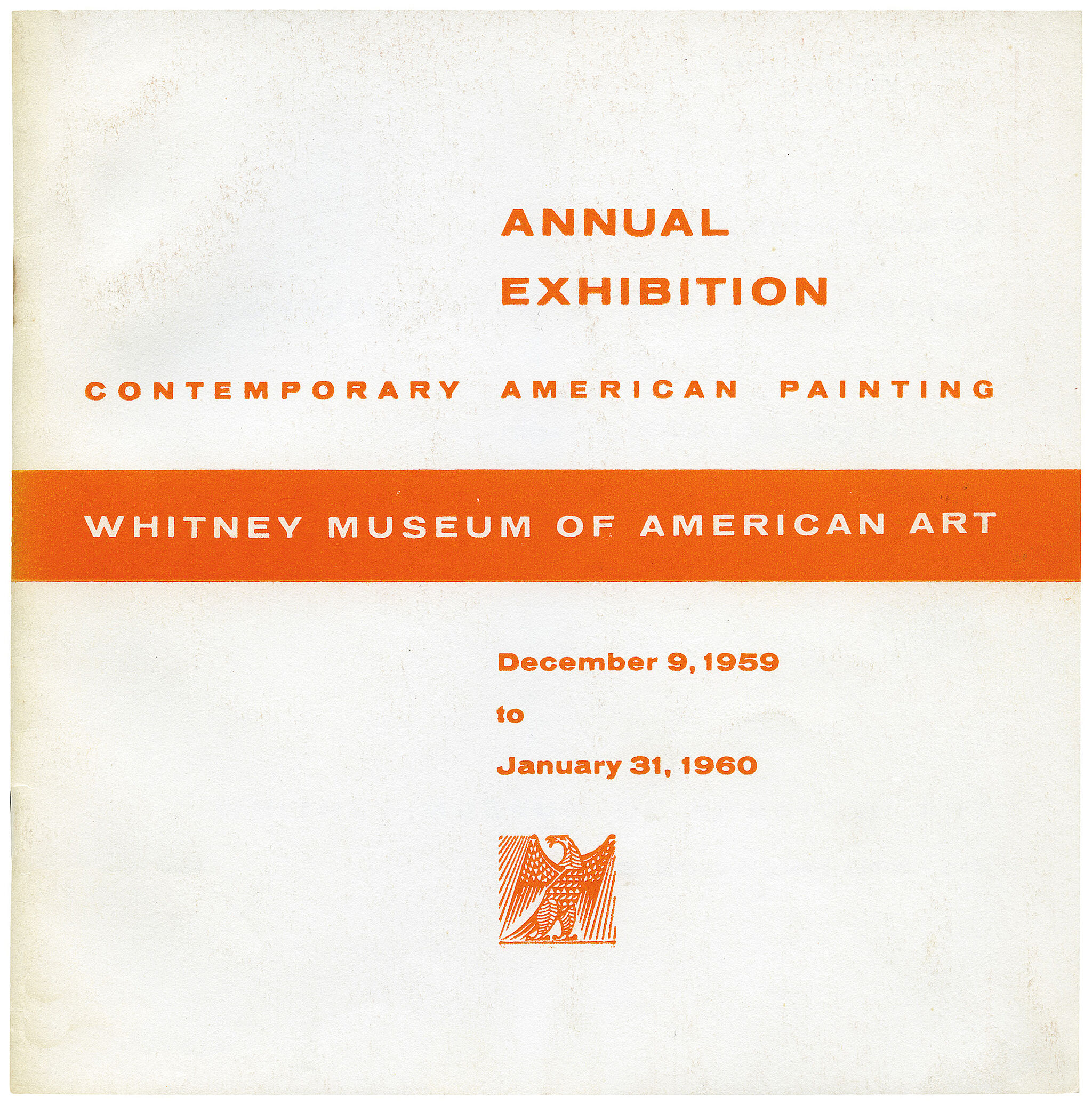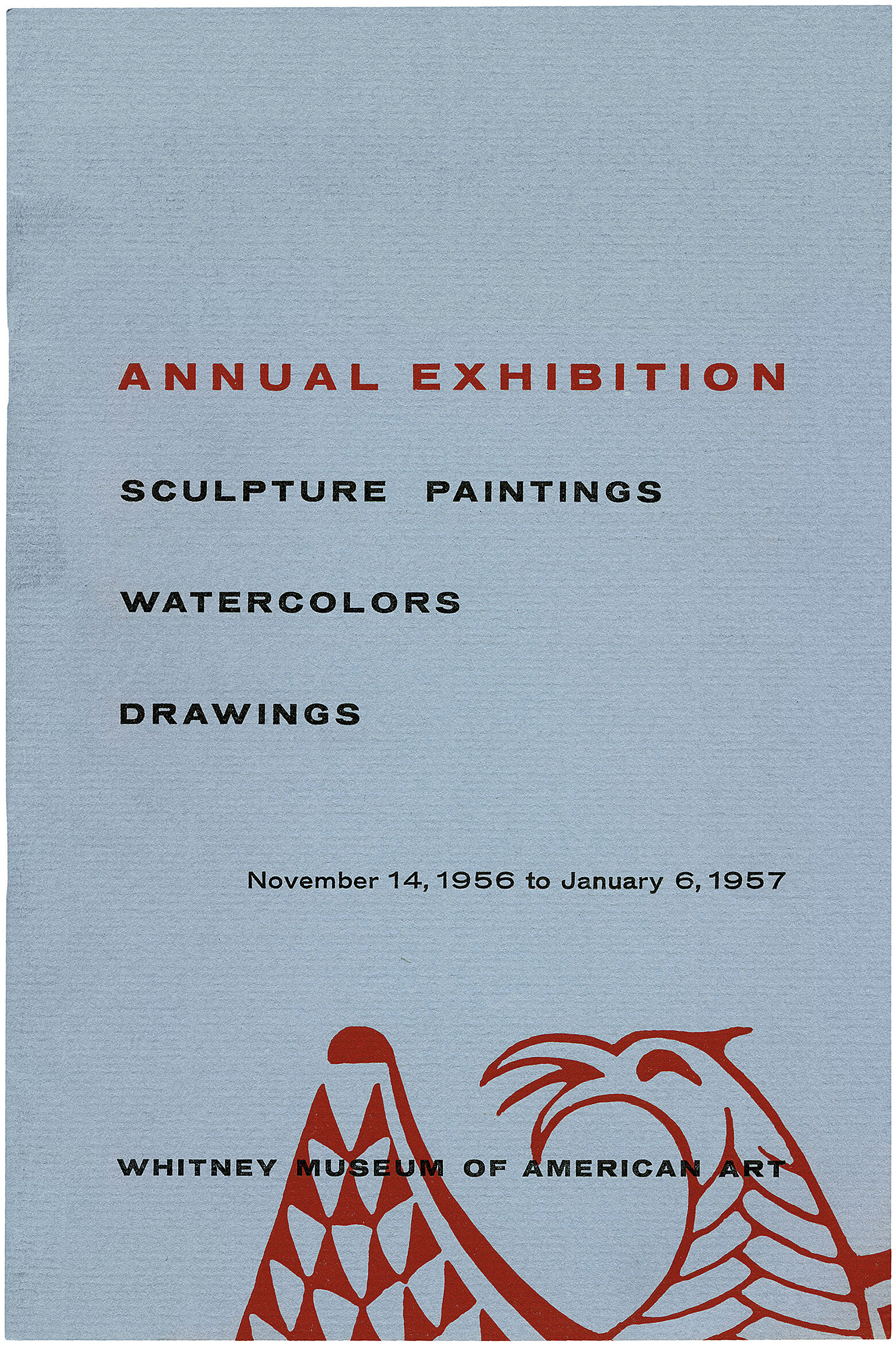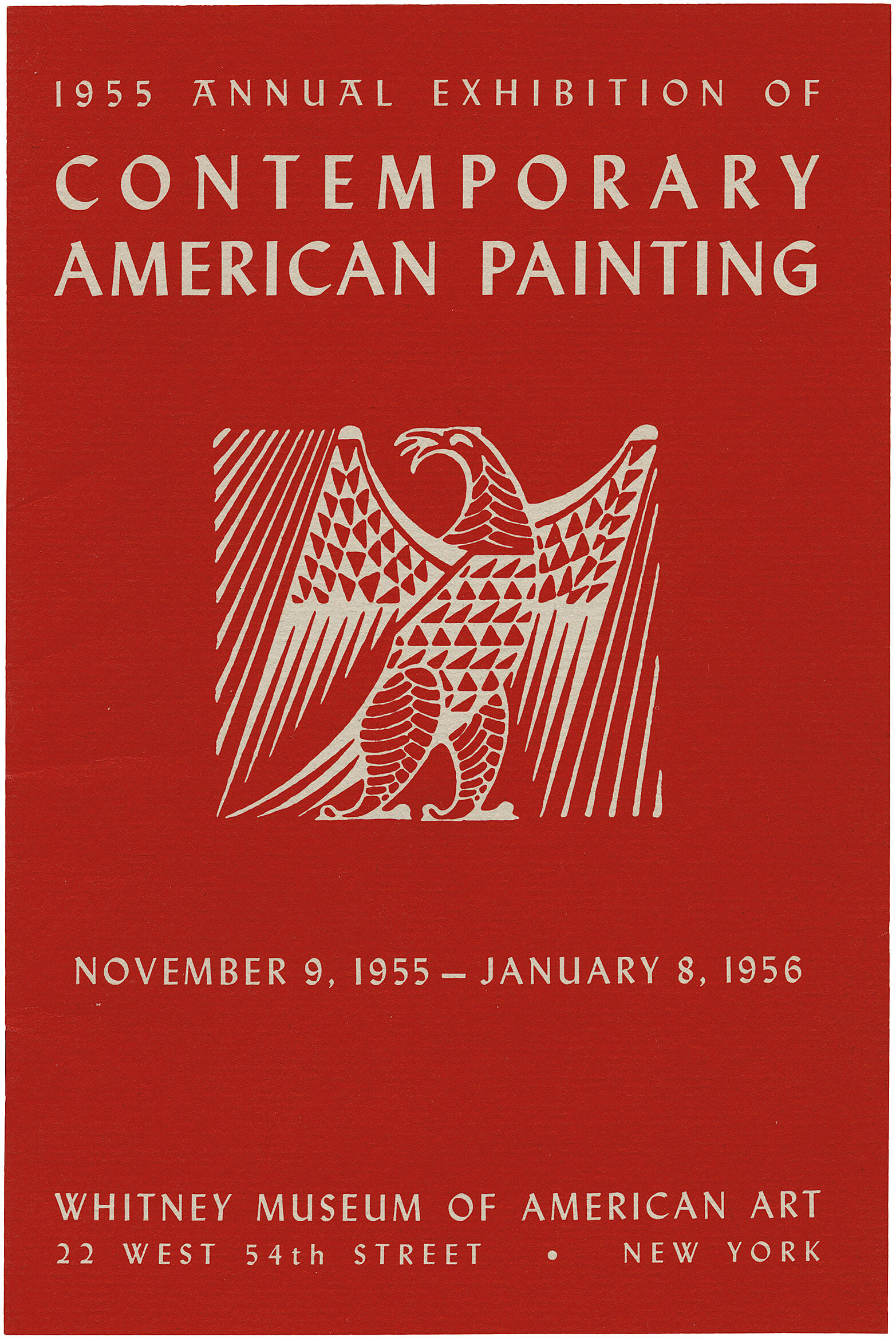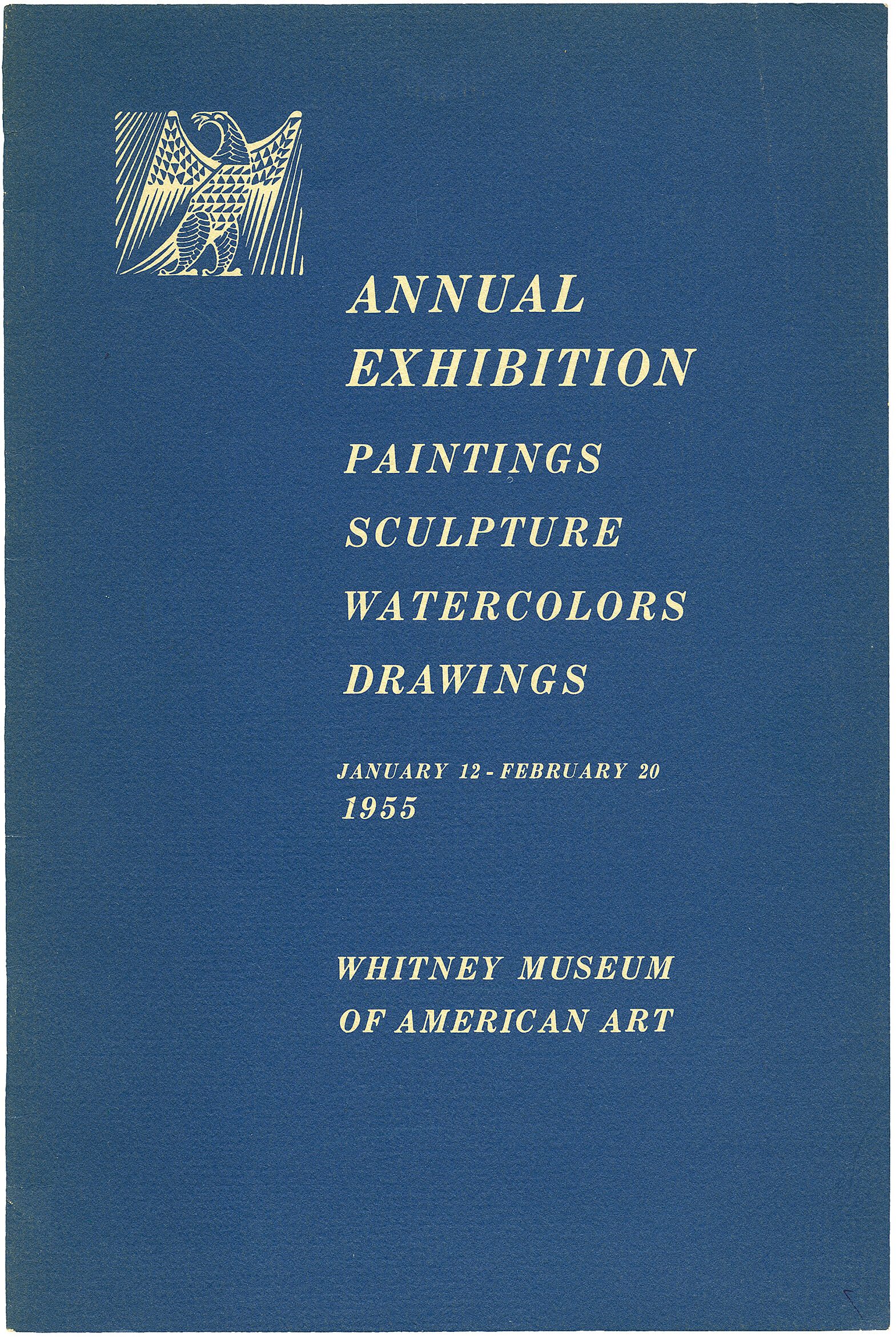Kenzo Okada
1902–1982
Introduction
Kenzo Okada (岡田 謙三, Okada Kenzō; born on September 28, 1902, died on July 25, 1982) was a Japanese-born American painter and the first Japanese-American artist working in the Abstract Expressionist style to receive international acclaim. At the 29th Venice Biennale in 1958, Okada’s work was exhibited in the Japan Pavilion and he won the Astorre Meyer Prize and UNESCO Prize.
Okada's work has been featured in retrospective exhibitions since the 1960s, including the Albright-Knox Art Gallery in 1965, the National Museum of Modern Art, Kyoto in 1966, the Seibu Museum of Art, Tokyo in 1982, the Museum of Modern Art, Toyama in 1989, the University of Iowa Museum of Art in 2000, and the Yokohama Museum of Art in 2003. Okada’s works are also held in major American museum collections including the Metropolitan Museum of Art, the Museum of Modern Art, New York, the National Gallery of Art, Washington, D.C., the Philadelphia Museum of Art, the San Francisco Museum of Modern Art, the Solomon R. Guggenheim Museum, the Whitney Museum of American Art, among others.
Wikidata identifier
Q1279374
Information from Wikipedia, made available under the Creative Commons Attribution-ShareAlike License . Accessed November 22, 2025.
Country of birth
Japan
Roles
Artist, painter
ULAN identifier
500010933
Names
Kenzo Okada, Kenzō Okada, 岡田謙三
Information from the Getty Research Institute's Union List of Artist Names ® (ULAN), made available under the ODC Attribution License. Accessed November 22, 2025.

